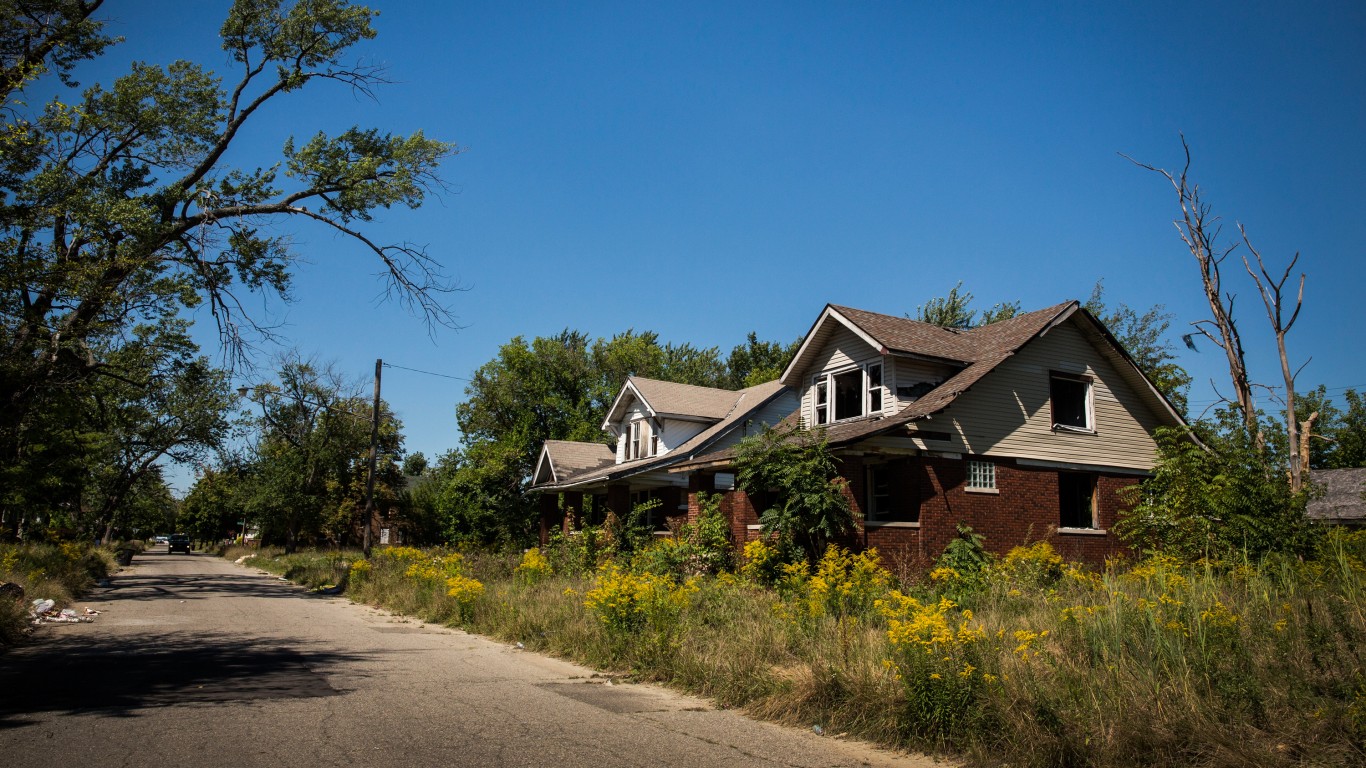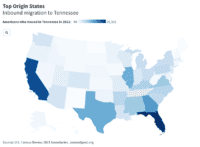
With inflation surging worldwide, the prices of everyday items are soaring, but not at the same level everywhere. It is too early to tell exactly how each nation is dealing with the current price pressures, but before the recent turmoil at least, the Organization for Economic Co-operation and Development compared prices across wealthier nations.
To identify the 25 most affordable rich countries, 24/7 Wall St. looked at the 2021 price level index for 44 countries from the OECD. According to the OECD, comparative price level indices “provide a measure of the differences in the general price levels of countries.” Countries are ranked based on the level of prices in that country compared to the average prices across the OECD. (Find out if any of the countries on the list are also among the happiest countries in the world.)
We also added 2020 population figures from the OECD, as well as GDP per capita based on purchasing power parity from the World Bank, expressed in 2017 international dollars.
Normally, prices in a given area tend to reflect, among other factors, what residents can afford. Wealthier nations, therefore, tend to have higher prices, and vice versa. Taking GDP per capita to represent a measure of wealth, this generally holds true among the 25 countries on the list, though not entirely.
For example, France is among the most affordable countries. Prices in France are 2% less than the average across OECD nations even though its GDP per capita ranks 19th highest. Even more pronounced, prices in South Korea are 18% cheaper than average, with the country’s GDP per capita ranking 18th highest.
The other more affordable rich countries have generally lower GDP per capita, with three of the five most affordable countries having among the five lowest GDP per capita (of the 44 countries considered). Prices in India, Indonesia, and Colombia are 63%, 61%, and 58% cheaper than the average, respectively, with their GDPs per capita ranking 43, 44, and 41 respectively.
There are many considerations for quality of life other than affordability, of course, including access to food, housing, quality education, and good jobs. Of the 25 most affordable wealthy countries, seven – France, Korea, Spain, Portugal, Italy, China, and Poland – are rated by U.S. News and World Report among the 25 countries offering the best quality of life. (Here are rich countries with the best and worst quality of life.)
On the other hand, several of the most affordable countries, including Turkey, China, and India, rank, by IQAir, as having among the worst air pollution in the world.
These are the 25 most affordable among the wealthy countries of the world

25. France
> Affordability index: 2% less than avg.
> GDP per capita: $42,313 (#19 highest out of 44 countries)
> Population (2020): 67,347,238 (#14 largest out of 44 countries)
[in-text-ad]

24. Italy
> Affordability index: 11% less than avg.
> GDP per capita: $39,005 (#22 highest out of 44 countries)
> Population (2020): 59,449,527 (#16 largest out of 44 countries)

23. Spain
> Affordability index: 15% less than avg.
> GDP per capita: $36,220 (#26 highest out of 44 countries)
> Population (2020): 47,351,567 (#19 largest out of 44 countries)

22. South Korea.
> Affordability index: 18% less than avg.
> GDP per capita: $42,381 (#18 highest out of 44 countries)
> Population (2020): 51,780,579 (#17 largest out of 44 countries)
[in-text-ad-2]

21. Portugal
> Affordability index: 22% less than avg.
> GDP per capita: $31,935 (#29 highest out of 44 countries)
> Population (2020): 10,297,081 (#29 largest out of 44 countries)
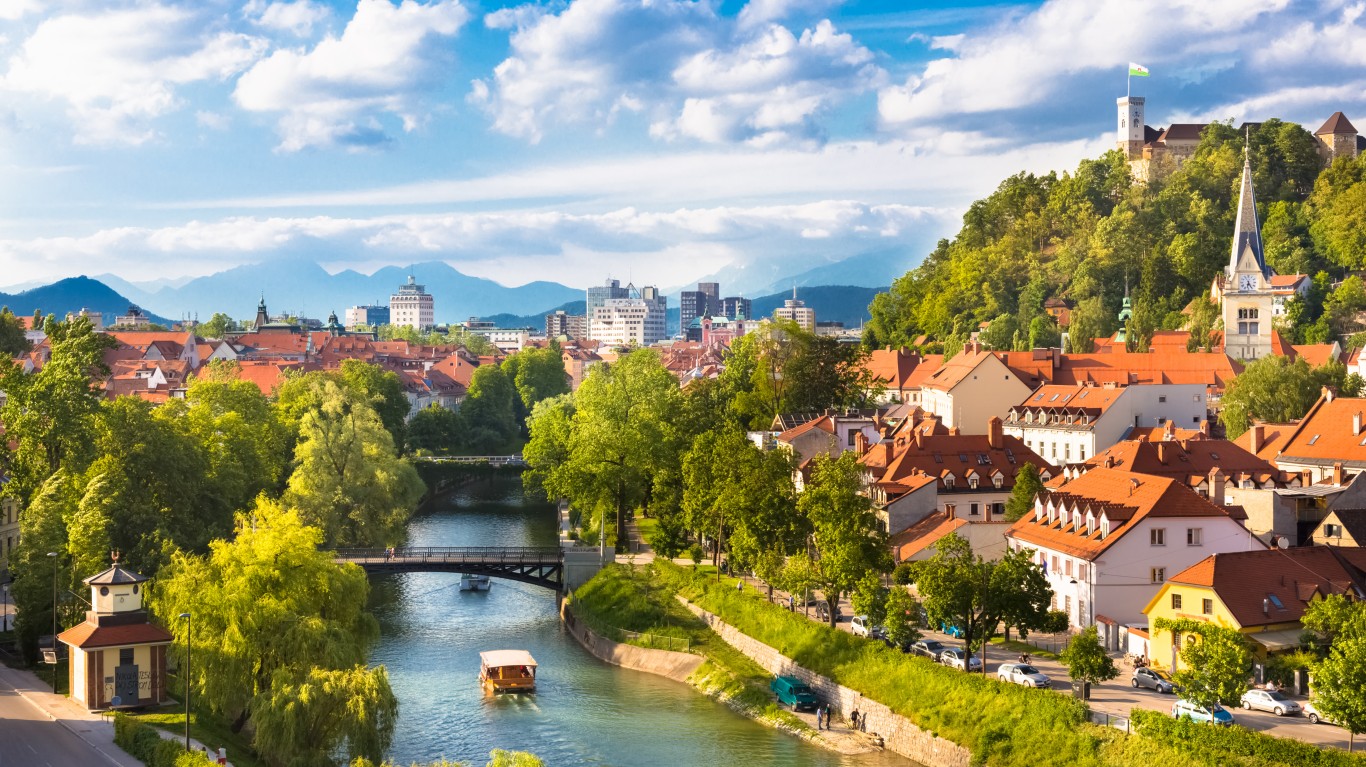
20. Slovenia
> Affordability index: 23% less than avg.
> GDP per capita: $37,091 (#25 highest out of 44 countries)
> Population (2020): 2,100,126 (#42 largest out of 44 countries)
[in-text-ad]

19. China
> Affordability index: 24% less than avg.
> GDP per capita: $16,316 (#39 highest out of 44 countries)
> Population (2020): 1,439,323,774 (#1 largest out of 44 countries)

18. Greece
> Affordability index: 26% less than avg.
> GDP per capita: $27,035 (#34 highest out of 44 countries)
> Population (2020): 10,707,972 (#26 largest out of 44 countries)

17. Slovakia
> Affordability index: 26% less than avg.
> GDP per capita: $30,510 (#31 highest out of 44 countries)
> Population (2020): 5,458,827 (#36 largest out of 44 countries)
[in-text-ad-2]

16. Estonia
> Affordability index: 26% less than avg.
> GDP per capita: $35,215 (#27 highest out of 44 countries)
> Population (2020): 1,329,479 (#44 largest out of 44 countries)
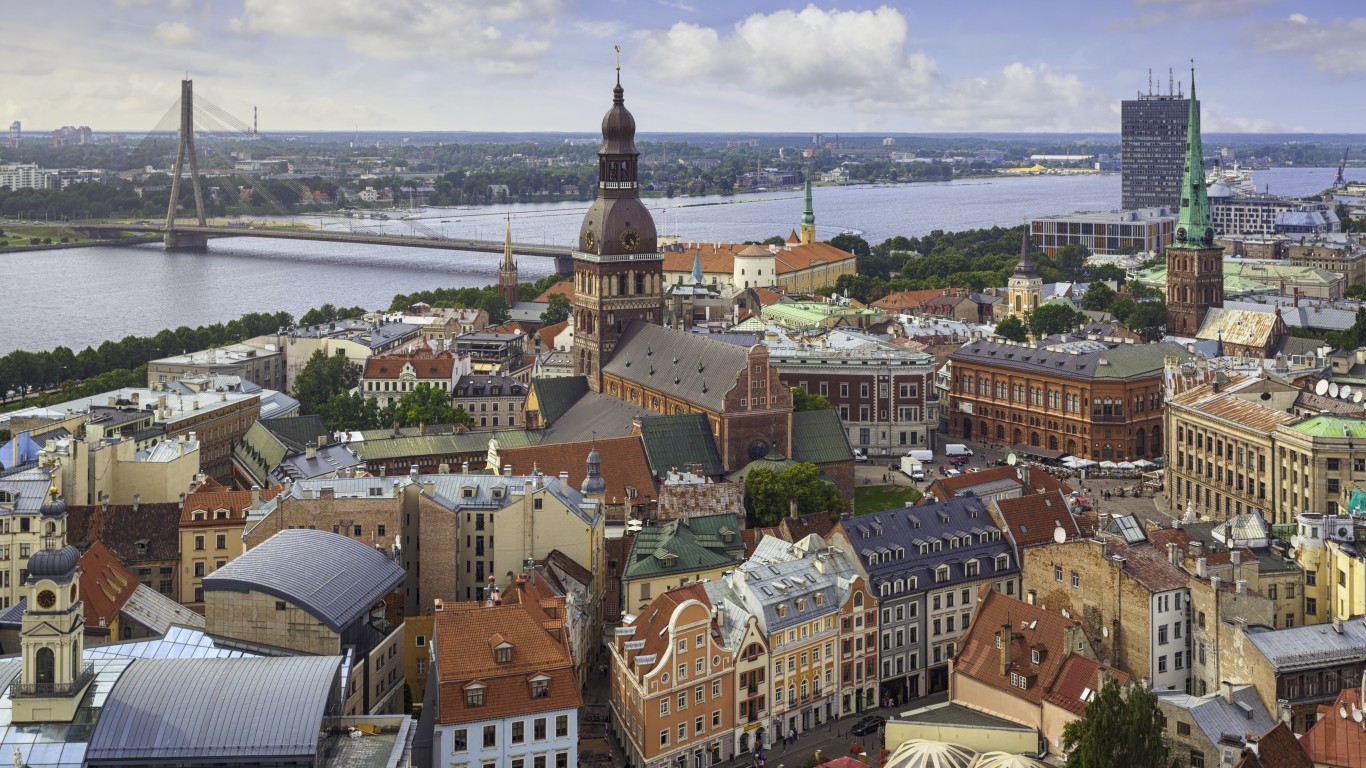
15. Latvia
> Affordability index: 31% less than avg.
> GDP per capita: $30,083 (#32 highest out of 44 countries)
> Population (2020): 1,900,448 (#43 largest out of 44 countries)
[in-text-ad]

14. Czech Republic
> Affordability index: 32% less than avg.
> GDP per capita: $38,508 (#23 highest out of 44 countries)
> Population (2020): 10,700,155 (#27 largest out of 44 countries)
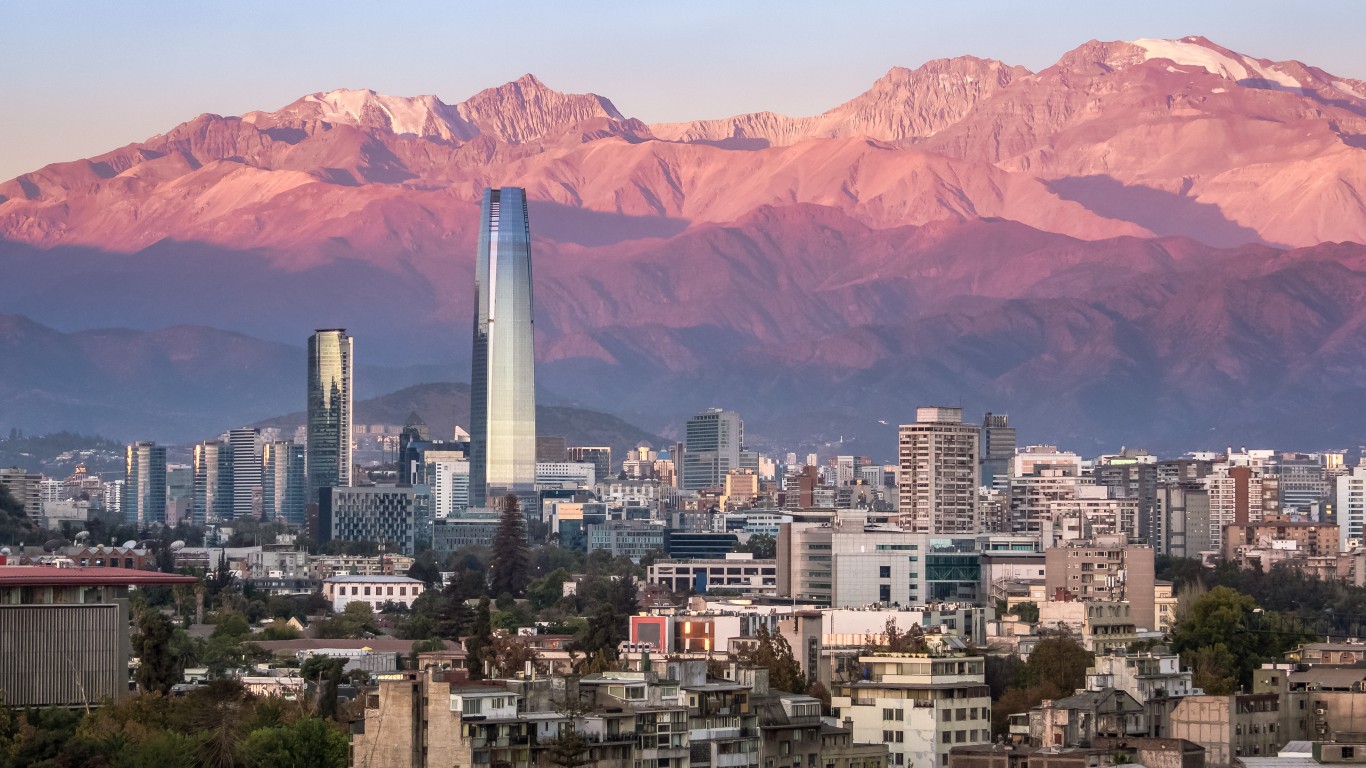
13. Chile
> Affordability index: 33% less than avg.
> GDP per capita: $23,325 (#36 highest out of 44 countries)
> Population (2020): 19,458,310 (#23 largest out of 44 countries)
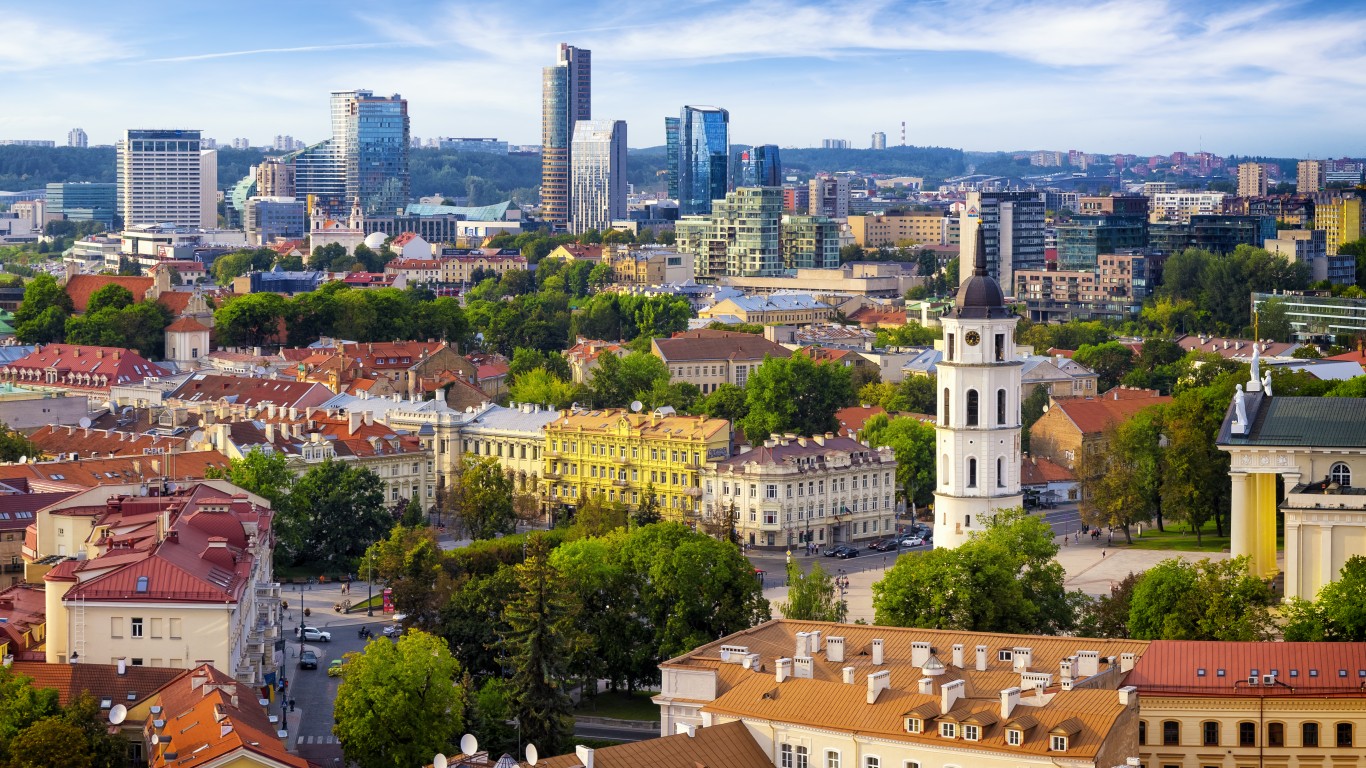
12. Lithuania
> Affordability index: 37% less than avg.
> GDP per capita: $37,110 (#24 highest out of 44 countries)
> Population (2020): 2,794,890 (#41 largest out of 44 countries)
[in-text-ad-2]

11. Hungary
> Affordability index: 41% less than avg.
> GDP per capita: $31,100 (#30 highest out of 44 countries)
> Population (2020): 9,750,153 (#30 largest out of 44 countries)

10. Costa Rica
> Affordability index: 41% less than avg.
> GDP per capita: $19,903 (#37 highest out of 44 countries)
> Population (2020): 5,111,238 (#38 largest out of 44 countries)
[in-text-ad]

9. Mexico
> Affordability index: 43% less than avg.
> GDP per capita: $17,852 (#38 highest out of 44 countries)
> Population (2020): 127,792,286 (#10 largest out of 44 countries)

8. South Africa
> Affordability index: 44% less than avg.
> GDP per capita: $12,666 (#42 highest out of 44 countries)
> Population (2020): 269,603,400 (#6 largest out of 44 countries)
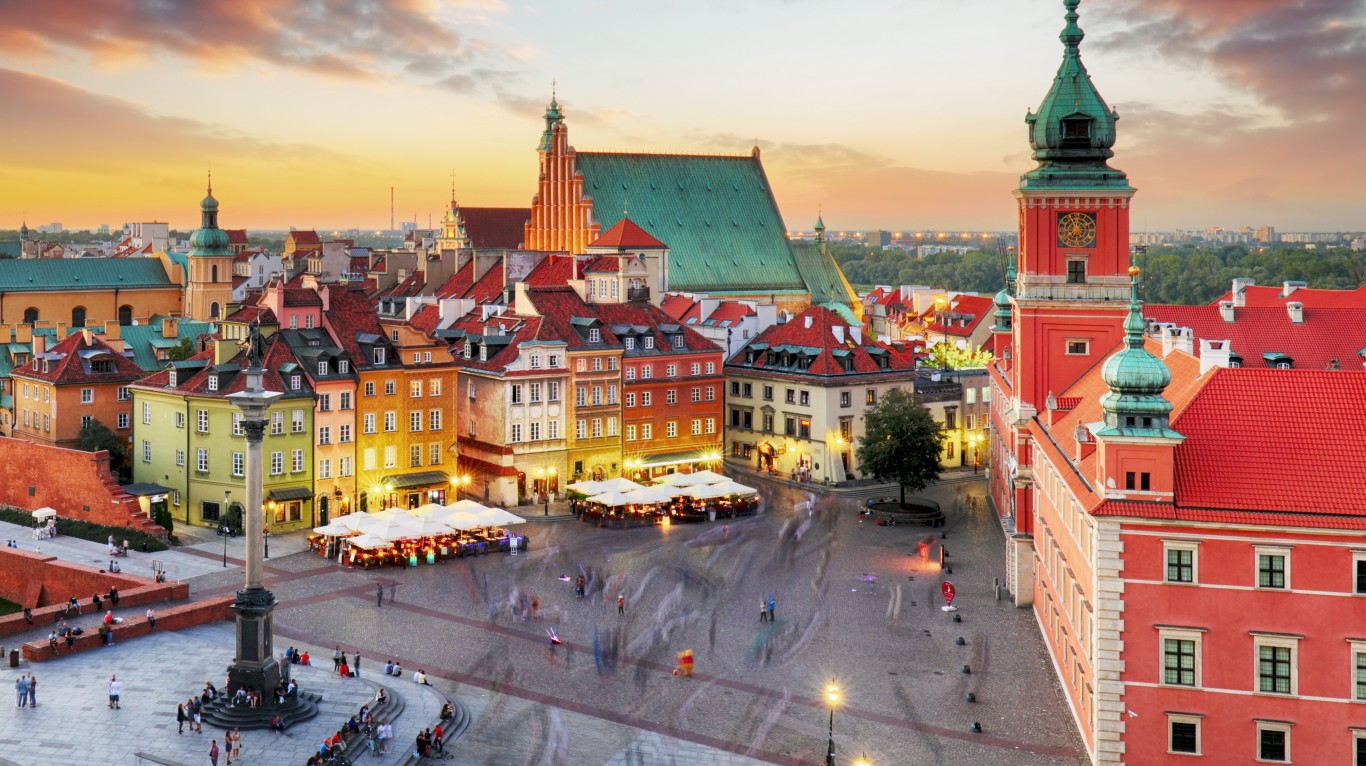
7. Poland
> Affordability index: 45% less than avg.
> GDP per capita: $32,355 (#28 highest out of 44 countries)
> Population (2020): 38,354,173 (#20 largest out of 44 countries)
[in-text-ad-2]

6. Brazil
> Affordability index: 45% less than avg.
> GDP per capita: $14,064 (#40 highest out of 44 countries)
> Population (2020): 211,755,692 (#8 largest out of 44 countries)
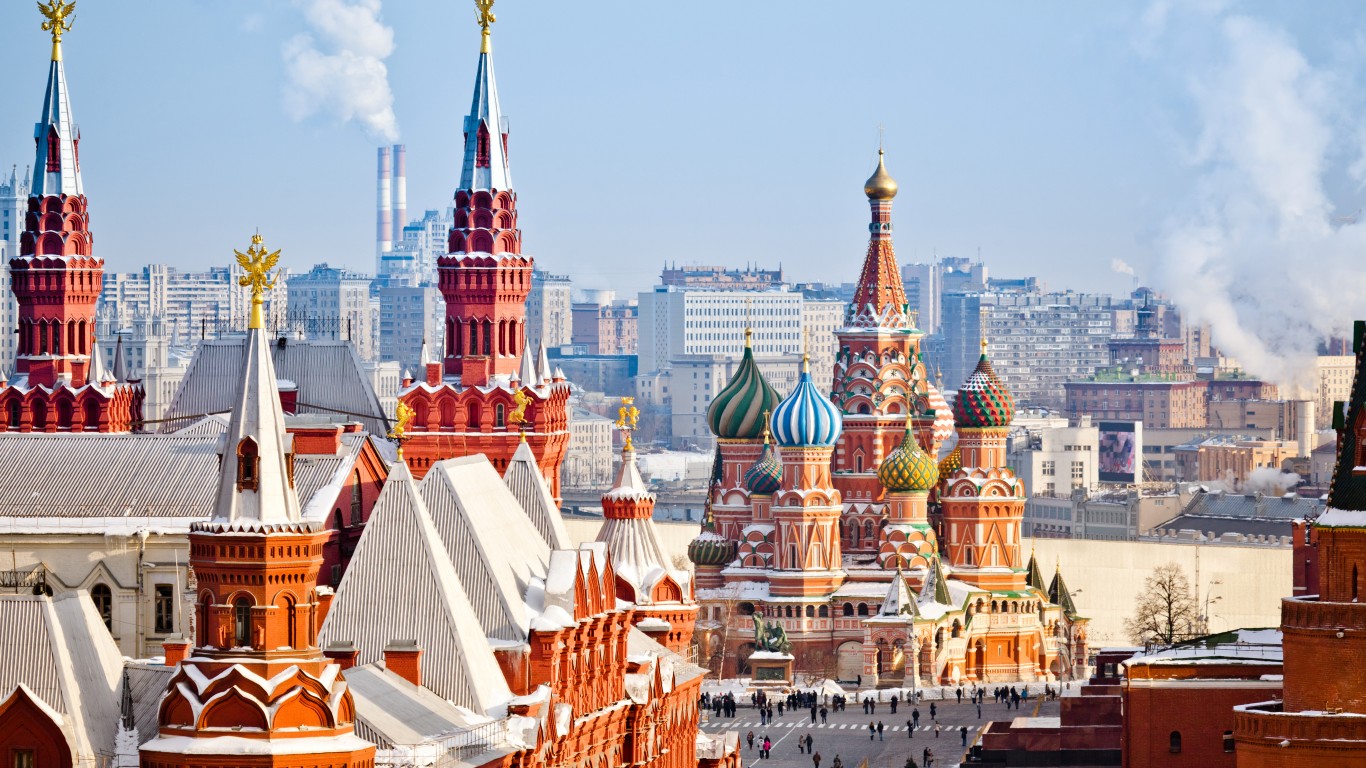
5. Russia
> Affordability index: 58% less than avg.
> GDP per capita: $26,456 (#35 highest out of 44 countries)
> Population (2020): 146,459,803 (#9 largest out of 44 countries)
[in-text-ad]

4. Colombia
> Affordability index: 58% less than avg.
> GDP per capita: $13,449 (#41 highest out of 44 countries)
> Population (2020): 50,911,747 (#18 largest out of 44 countries)
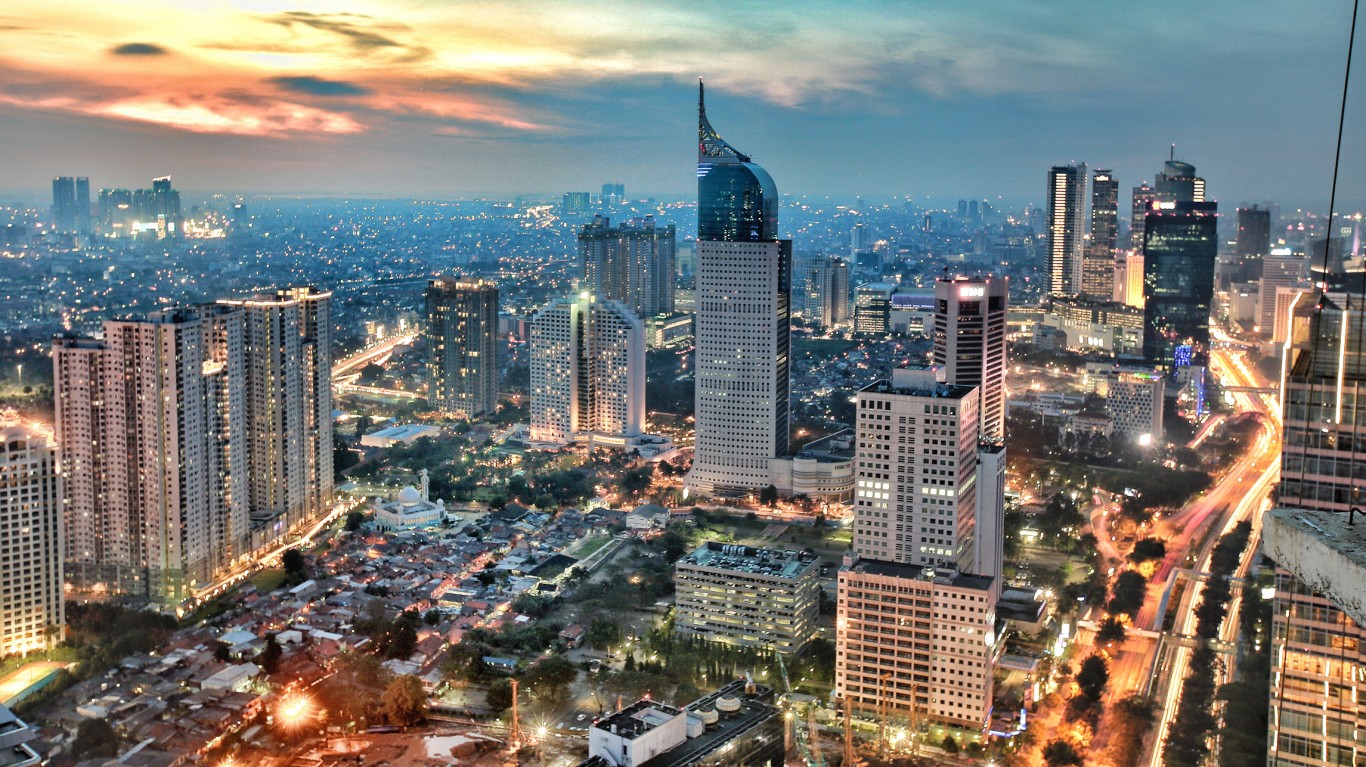
3. Indonesia
> Affordability index: 61% less than avg.
> GDP per capita: $11,445 (#43 highest out of 44 countries)
> Population (2020): 269,603,000 (#7 largest out of 44 countries)

2. India
> Affordability index: 63% less than avg.
> GDP per capita: $6,166 (#44 highest out of 44 countries)
> Population (2020): 1,380,004,000 (#2 largest out of 44 countries)
[in-text-ad-2]

1. Turkey
> Affordability index: 66% less than avg.
> GDP per capita: $28,393 (#33 highest out of 44 countries)
> Population (2020): 83,384,688 (#12 largest out of 44 countries)
Are You Still Paying With a Debit Card?
The average American spends $17,274 on debit cards a year, and it’s a HUGE mistake. First, debit cards don’t have the same fraud protections as credit cards. Once your money is gone, it’s gone. But more importantly you can actually get something back from this spending every time you swipe.
Issuers are handing out wild bonuses right now. With some you can earn up to 5% back on every purchase. That’s like getting a 5% discount on everything you buy!
Our top pick is kind of hard to imagine. Not only does it pay up to 5% back, it also includes a $200 cash back reward in the first six months, a 0% intro APR, and…. $0 annual fee. It’s quite literally free money for any one that uses a card regularly. Click here to learn more!
Flywheel Publishing has partnered with CardRatings to provide coverage of credit card products. Flywheel Publishing and CardRatings may receive a commission from card issuers.
Thank you for reading! Have some feedback for us?
Contact the 24/7 Wall St. editorial team.
 24/7 Wall St.
24/7 Wall St. 24/7 Wall St.
24/7 Wall St. 24/7 Wall St.
24/7 Wall St. 24/7 Wall St.
24/7 Wall St.
